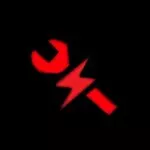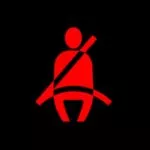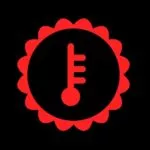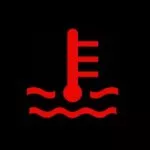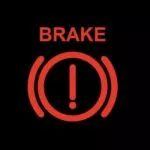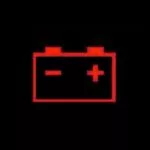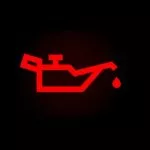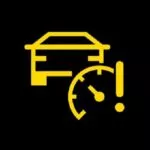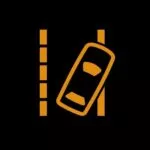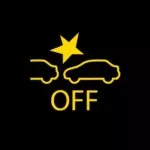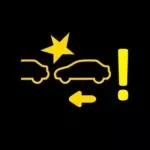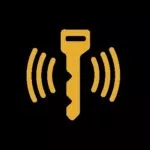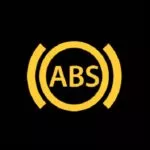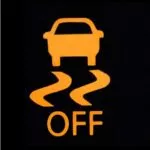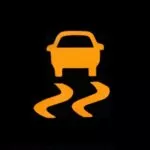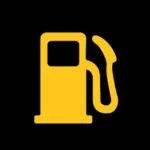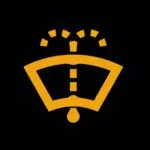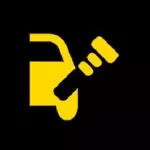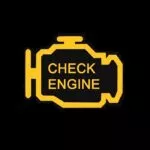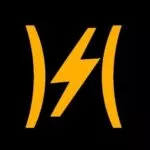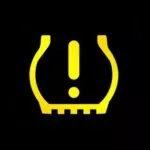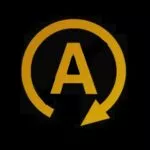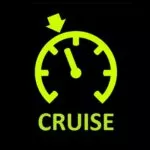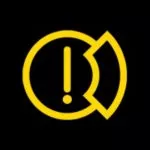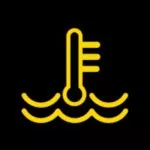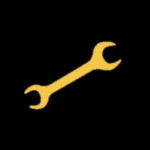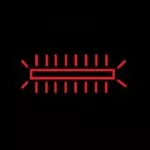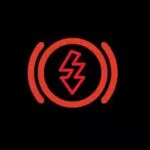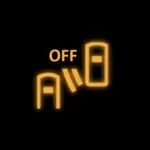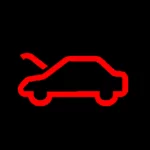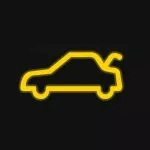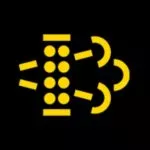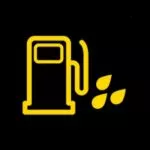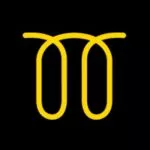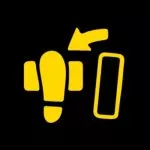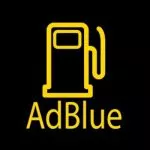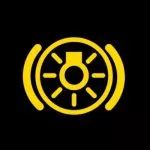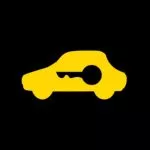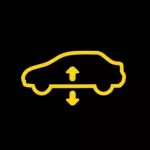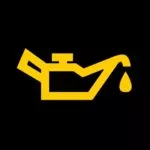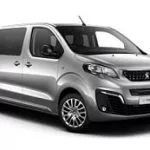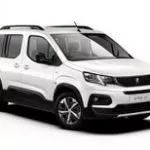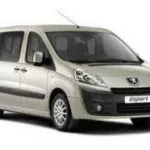Peugeot 407 Warning Lights
The Most Common Peugeot 407 Symbols
These are the most common dashboard symbols that you will see in your Peugeot 407. Click on one to see more information or scroll further down to see the link to the owner's manual where you can find even more symbols.
Can't see the warning light you are looking for? Check the official manual:
View Owner's Manual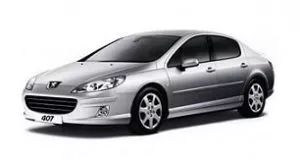
- Manufacturer: Peugeot
- Data Source: Owner's Manual
About the 407
Peugeot, the French automaker, produced the first 407 in 2003 in a variety of models. Customers could buy the 407 as a saloon, coupe or an estate in either petrol or diesel.
Replacing the popular 406, the 407 demonstrated a radical departure in design. In comparison to its predecessor, the 407 was far sleeker. The 406 had angular corners and looked like similar saloons of the time, but the new 407's back curved into the boot and had a swept-back grille and front light combination.
As Peugeot is French, as expected, they announced the arrival of the 407 to the press in Paris and spent no less than 1.12 billion euros on the launch. Topping 259,000 sales in 2005 alone, all styles of the 407 enjoyed success up until December 2011 when Peugeot terminated the coupe.
Euro NCAP awarded the 407 the highest rating of 5 stars for adult safety, 4 stars for children and just 2 out of 4 for pedestrians.
As part of the launch, Peugeot created a widespread advert that was praised for its individuality. Filmed in Sydney, it shows a city full of toy cars, wind up, lego, plastic and wooden. The 407 is seen seamlessly gliding through the streets whilst envious onlookers are trying to restart their push-along cars and box up these life-sized toys. Over 20 toy replicas were made specifically for the commercial.
When Peugeot eventually withdrew the 407, they didn’t replace it with a direct model. Instead, they took the two models that sat on either side of the car (in terms of size) and combined them to create the 508. To this day, a number of 407s can be seen on the roads, commonly chosen as a cost-effective way of obtaining a high-quality modern car.
